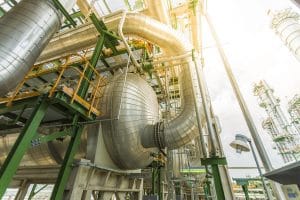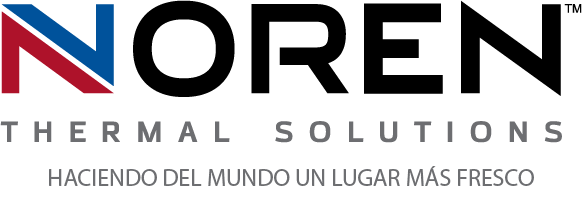 There are many different reasons for companies to upgrade to heat exchangers, such as more reliable electrical thermal management and a lower overall environmental footprint. However, one of the most beneficial reasons is the fact that heat exchangers can continuously operate for years with minimal need for maintenance, upkeep, repairs, or replacement. Because companies that operate around the clock rely on the efficiency of their technology, the need for lower maintenance thermal management solutions is substantial enough that heat exchangers have become one of the most impactful technologies in most industries.
There are many different reasons for companies to upgrade to heat exchangers, such as more reliable electrical thermal management and a lower overall environmental footprint. However, one of the most beneficial reasons is the fact that heat exchangers can continuously operate for years with minimal need for maintenance, upkeep, repairs, or replacement. Because companies that operate around the clock rely on the efficiency of their technology, the need for lower maintenance thermal management solutions is substantial enough that heat exchangers have become one of the most impactful technologies in most industries.
How Heat Exchangers Work Continuously
To stop electrical enclosures and other equipment from overheating, heat exchangers transfer heat by using a cooling fluid to collect and dissipate it. Compared to air conditioners, which focus on chilling enclosures by blasting cold air into them, heat exchangers can keep transferring heat continuously with little more than natural forces (like phase-change cooling and convection) and, in some cases, the use of one or a few fans. This means they can continue operating, often non-stop, without sustaining excessive amounts of wear and tear.
Maximum Thermal Management, Minimal Interaction
Despite the fact that they operate much simpler than air conditioners, heat exchangers are able to handle a large amount of waste heat with maximum efficiency. Combined with their minimal need for maintenance and repair, this ability to meet increasing demands for more advanced applications mean that heat exchangers can help companies streamline several other processes, as well.
To learn more about the minimal maintenance needs of modern heat exchangers, call Noren Thermal Solutions in Taylor, TX, at 866-936-6736.







